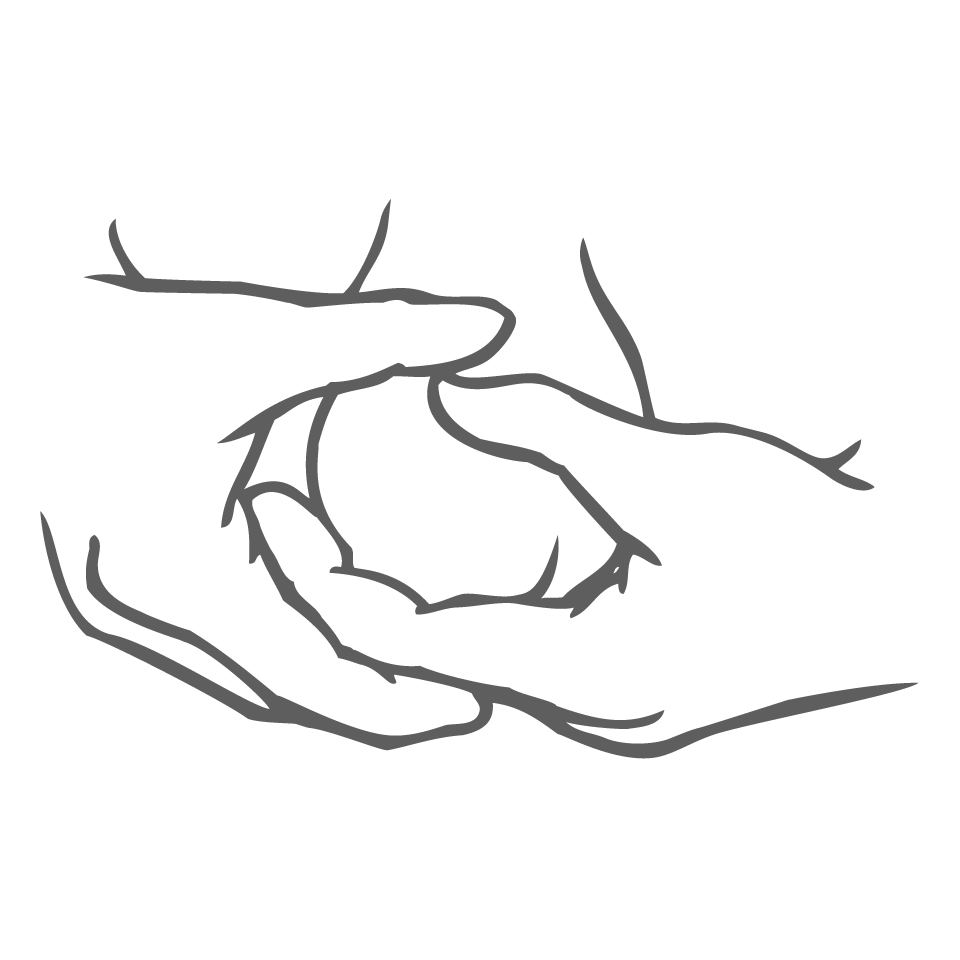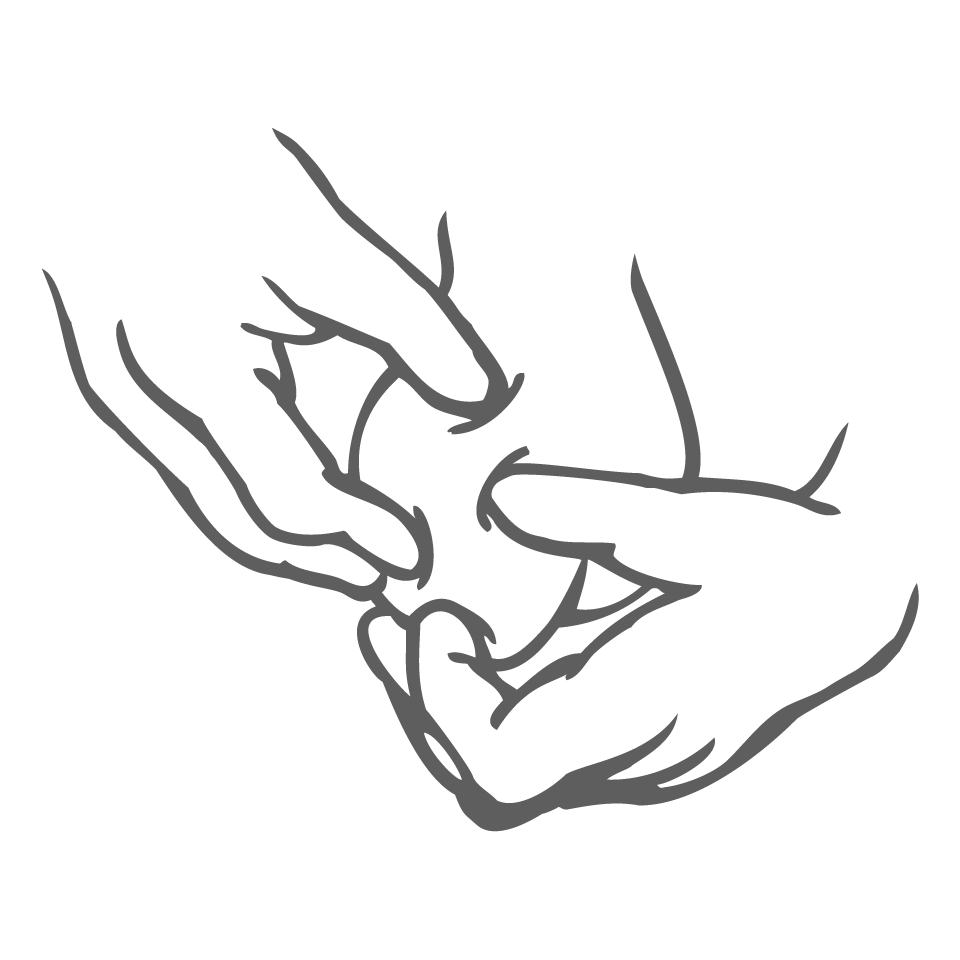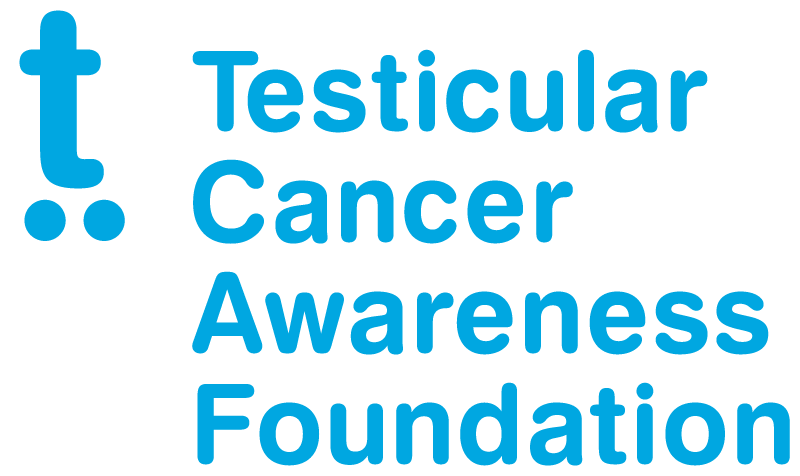Signs, Symptoms and Prevention
Oftentimes the most important conversations are the ones we aren’t having. Whether it be in a relationship or about your own health, discussing and learning about these tough topics are important. This month is Testicular Cancer Awareness Month and it’s a topic that many penis owners neglect to have. But what is it? And how common is it really? Testicular health is often solely discussed with a doctor and overlooked in a common self exam. Let’s take a deeper look at these topics so that tomorrow and in the days to come, you know what to look for and are cautious of this relatively common type of cancer.
What is testicular cancer?
Like other cancers, testicular cancer occurs when germ cells abnormally grow in a specified area. These masses of cells, called tumors, invade normal tissue and can potentially create a variety of embryonic features such as hair, nail, teeth or more. It is possible that this type of cancer can metastasize, meaning that it potentially spreads to other parts of the body. Most often, this can spread to the abdomen, liver, lungs, bones and even the brain if not detected. While unlikely, if left undetected, testicular cancer can become deadly due to the rapid speed of it spreading. During this time, cells migrate to these other areas and can grow at a rate so quickly that it can double in size within 30 days. Sadly, it is the most common cancer in penis owners aged 15-44. However, if detected early through monthly self exams, testicular cancer is over 95% curable.
How to perform a testicular self-exam


Step 1
Examine each testicle gently with both hands by rolling the testicle between the thumb and forefingers.


Step 2
Find the epididymis, the soft tube-like structures behind the testicle that collects and carries sperm. If you are familiar with this structure, you won't mistake it for an abnormal mass.


Step 3
Look for any lumps or irregularities. Remember that lumps or bumps may also present themselves as painless.


Step 4
Look for any changes in size, shape, or texture. Remember it's normal for one testicle to be slightly larger.
Warning signs and symptoms:
- A lump of any size on the testicle
- Enlargement of the testicle, change in shape, size or any irregularities
- Pain or discomfort in the scrotum or testicle
- A dull ache or sense of pressure in the lower abdomen or back
- A feeling of heaviness or fullness in the scrotum
- Enlargement or tenderness of the breasts due to elevated hormone levels
- In most cases early stages of testicular cancer present themselves in a completely painless manner.
Advanced signs and symptoms
- Significant weight loss (due to the growth of tumors and/or enlarged abdominal lymph nodes)
- Back pain
- Chest pain, coughing or difficulty breathing
- Coughing up blood (due to tumors in the lungs)
- Enlargement of the lymph nodes in the abdomen and/or neck
If any of these symptoms become present, consult your doctor as soon as possible! Be sure to keep an eye out for more information this month as we continue to discuss and learn about Testicular Cancer.
Donate!
Join us for our third annual round-up at the register fundraiser and make a difference in the lives of patients, survivors, and their families. Last year, our community came together and raised an incredible $16,800 through our round-up at the register campaign. But we believe we can surpass that achievement this year with your help! Stop by your local Lion's Den and donate your change to help change lives. All proceeds from the round-up will benefit the Testicular Cancer Awareness Foundation, supporting their vital work. For more information, visit: testicularcancerawarenessfoundation.org



